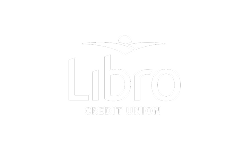Understanding Ultraviolet Light and Fading
As the sun shines brightly through your windows, invisible ultraviolet (UV) rays sneak through. That’s when the process of fading, discolouration, or fabric damage begins to take its toll on your hard-earned belongings. While the process is slow and subtle, the culminating effects of sun damage progressively stack up.
Solar Radiation and Window Film
Short of blocking all light from entering your home via shades, blinds, or shutters, the only way to truly protect interiors is to control the type and amount of light that passes through your windows.
To effectively control fading it’s important to control not only the UV light but to control some amount of visible light and infrared heat. That’s because solar radiation from the sun is divided into 3 components:
- Visible light (light we can see)
- Infrared light (light we can only feel)
- Ultraviolet rays (light we can only feel)
When applied to glass, solar control window film blocks harmful UV rays and regulates the levels of heat and visible light that are able to pass through. The amount of each that is rejected depends on the type of window film selected.
UV Radiation and Fading
Invisible ultraviolet (UV) radiation is the largest single contributing factor to fading and the deterioration of your interiors. The fact of the matter is that ultraviolet rays don’t care how much hardwood floors or leather furniture cost. Our solar control window film blocks nearly 100% of UV radiation and effectively reduces the fading caused by solar radiation. UV inhibitors embedded in the film’s adhesive accomplish this. This also protects the window film itself while allowing filtered sunlight to pass through the glass. That way you can greatly reduce harmful solar rays and prolong the appearance and value of furnishings, fabrics, and finishes.
Contributors to Fading
40% UV Light
Window film rejects up to 99% of the sun’s harmful UV rays.
.
25% Visible Light
Window film helps to reduce visible light in varying degrees (dependent on your film choice).
25% Heat
Window film can reject up to 83% of heat generated by the sun (dependent on your film choice).
10% Misc.
Indoor lighting, humidity, poor dye anchorage and other various contributing factors.
Benefits of Solar Window Film
Untreated glass allows for a large percentage of total solar radiation to be passed (transmitted) through it. Likewise, it does little to reflect or absorb solar energy. As such, your interiors are vulnerable to fading, annoying glare, and uncomfortable hotspots. When solar control window film is applied to glass, it will reflect and absorb the unwanted solar radiation, allowing less total solar energy to be transmitted through the glass. This simple application effectively protects against fading, reduces glare and total solar heat gain.
Modern solar film is available in a variety of styles, from natural to reflective. All of which come backed by superb manufacturer’s warranties.
















